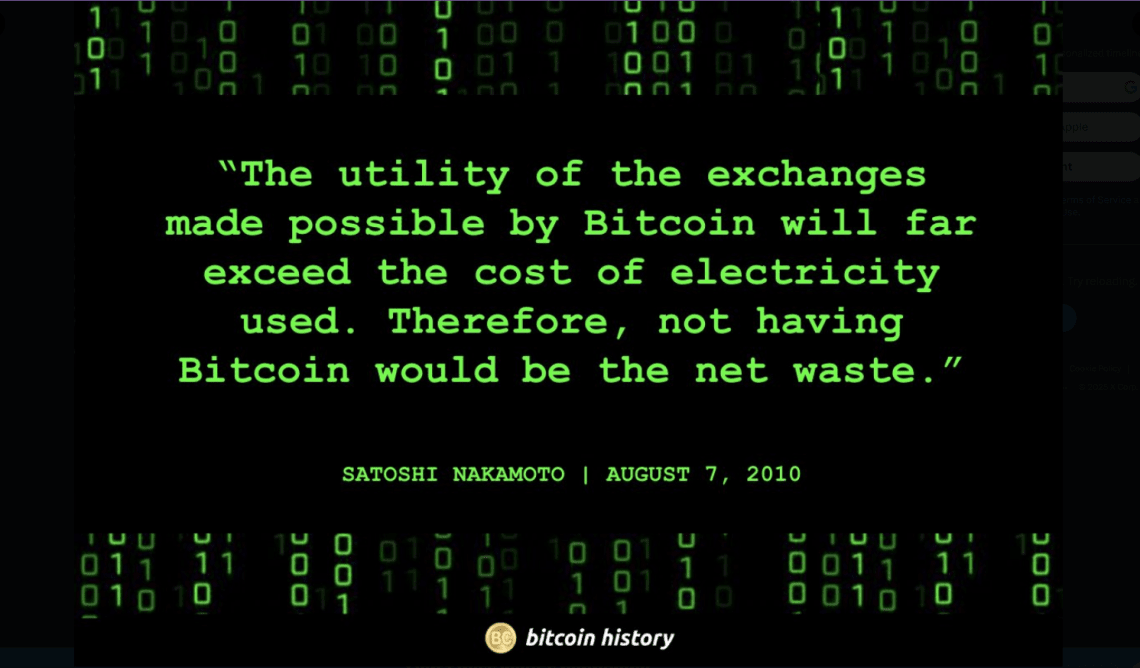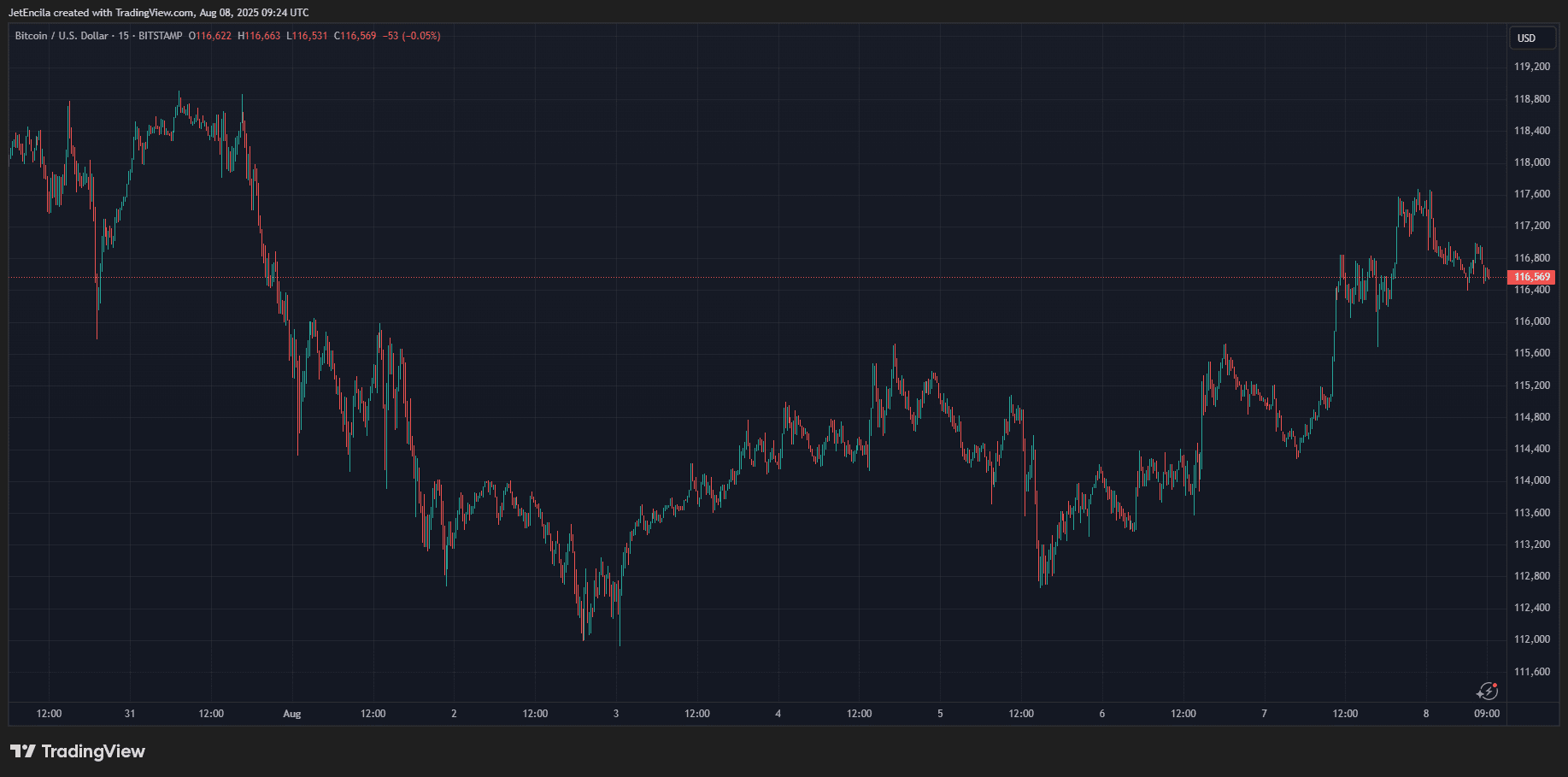Fifteen years ago, Satoshi Nakamoto typed a brief, almost mundane statement on a Bitcoin forum that later sounded almost prophetic:
"The utility of exchanging thanks to Bitcoin will far exceed the cost of energy consumed. Therefore, the absence of Bitcoin would be a net waste."
At that time - August 7, 2010 - it was only trading at $0.07 and mainly existed within a small group of early users. It could be mined on a desktop computer.
Today, the price of Bitcoin is hovering around $117,000, after reaching a high of $123,000 this year. This currency is no longer a mysterious experiment of an anonymous programmer but a pillar of the $2.3 trillion cryptocurrency market, attracting retail investors, Wall Street, and even governments.

From Niche Forum Post to Strategic Reserves
This week, crypto analyst Crypto Rand revisited Satoshi Nakamoto's pioneering post, illustrating how this idea has come to fruition over time.
Back then, many wondered whether Bitcoin could sustain its energy consumption, but today the demand has expanded beyond individuals to organizations - even nations.
The U.S. is reportedly compiling a strategic Bitcoin reserve, a ridiculous idea in 2010 but today seems like the next direction for this asset class in the global financial world.

Macro Advances Responding to Satoshi's Vision
This week's price action of Bitcoin is a real-world example of how this currency is currently influenced by forces similar to gold, bonds, and other macro assets.
The Bank of England just cut interest rates by 25 basis points to 4.00% - the second cut this year - aiming to bring inflation back to the target of 2%.
This move sparked a market-wide rally in the cryptocurrency sector, pushing BTC back to $117,000 and lifting Ethereum (and other cryptocurrencies) to nearly $3,900.
According to Satoshi's argument, the utility of Bitcoin is no longer just about peer-to-peer transactions. It has evolved into a widely recognized liquid store of value, reacting to central bank actions, investor psychology, and geopolitics.
Balanced Action Ahead
However, volatility has not disappeared. Trump's tax plan and the slower-than-expected rate cuts in the U.S. have dampened Bitcoin's growth momentum from previous highs, indicating that even in 2025, macro disadvantages could still sharply drive down Bitcoin prices.
However, compared to 2010, this figure is astonishing - from a few cents to six figures, from a message on a forum to the monitoring screens of central banks.
Fifteen years later, Satoshi's comments on electricity and utility are not only prophetic but also challenging. And so far, Bitcoin seems determined to prove him right.
